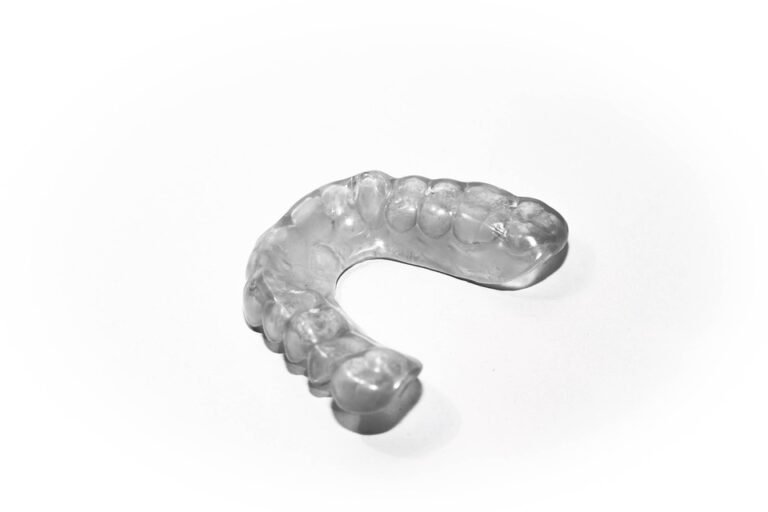How does documentation improve dental communication
Okay, so I’m a dental student and we’re learning about the importance of good documentation. I understand the legal aspect – covering yourself, having a record, etc. But I’m trying to really grasp how good documentation directly improves communication, not just within the dental team (dentist to hygienist, assistant to lab) but also with the patient.
For example, how does detailed chart documentation help when referring a patient to a specialist? Does it go beyond just listing medications and allergies? Also, how can documentation be used proactively to improve patient understanding and compliance with treatment plans? Are there specific techniques or formats that are particularly effective for conveying information to patients through documentation? I’m thinking beyond just the initial treatment plan; I mean like, how do progress notes actually improve the conversation we have with the patient during follow-up appointments? Are there best practices for including visual aids or other supplementary materials in a patient’s record to enhance communication?
Answer
Documentation significantly improves dental communication in numerous ways, fostering clarity, accuracy, and continuity of care among various stakeholders. Here’s a breakdown of how:
1. Enhancing Communication Among Dental Professionals:
- Handover of Care: Comprehensive documentation allows seamless transitions when patients are seen by different dentists, hygienists, specialists, or even new staff members within the practice. Clear records ensure that everyone is aware of the patient’s history, current condition, treatment plan, and any specific concerns.
- Consultations and Referrals: When referring a patient to a specialist (e.g., orthodontist, periodontist, oral surgeon), detailed documentation (including radiographs, clinical photographs, and narrative descriptions) provides the specialist with a comprehensive understanding of the patient’s case, allowing for informed decision-making and efficient treatment planning. The specialist can then provide targeted feedback back to the referring dentist, completing the communication loop.
- Treatment Planning Discussions: Well-documented findings from examinations, charting, and diagnostic tests serve as the foundation for collaborative treatment planning discussions. Dentists, specialists, and sometimes even hygienists can review the records together to develop the most appropriate and comprehensive plan for the patient.
- Continuity During Absences: If the primary dentist is absent due to vacation, illness, or other reasons, detailed documentation allows another dentist to step in and provide care with confidence, knowing the patient’s history and treatment progress.
- Peer Review and Quality Assurance: Accurate and detailed documentation is essential for peer review processes, allowing dentists to evaluate the quality of care provided and identify areas for improvement. It also supports quality assurance initiatives within the practice.
2. Facilitating Communication with Patients:
- Informed Consent: Thorough documentation of the patient’s condition, proposed treatment options, risks, benefits, and alternatives is crucial for obtaining informed consent. Patients need to understand their condition and the implications of treatment before agreeing to proceed. Documentation of these discussions provides evidence that informed consent was obtained.
- Treatment Explanation: Dental records provide a visual and tangible reference point when explaining treatment plans to patients. Radiographs, intraoral photographs, and models can be used to illustrate the patient’s condition and the rationale for treatment.
- Post-Operative Instructions: Clear and concise documentation of post-operative instructions ensures that patients understand how to care for themselves after a procedure. This includes written instructions, verbal explanations, and potentially even visual aids. The documentation also serves as a record that the patient received these instructions.
- Addressing Patient Concerns: Detailed records help dentists address patient concerns and questions more effectively. By reviewing the patient’s history and treatment progress, the dentist can provide informed and personalized responses.
- Patient Education: Dental records can be used as a tool for patient education, helping patients understand the importance of oral hygiene and preventative care. For example, charting periodontal probing depths can visually demonstrate areas of concern and motivate patients to improve their home care.
3. Improving Communication with Insurance Companies:
- Claim Submission: Comprehensive documentation is essential for submitting accurate and complete insurance claims. This includes details about the patient’s condition, the treatment provided, and the fees charged. Clear documentation increases the likelihood of claim approval and reduces delays in payment.
- Pre-Authorization Requests: When seeking pre-authorization for certain procedures, detailed documentation is required to justify the necessity of the treatment. This includes radiographs, clinical photographs, and a narrative explanation of the patient’s condition.
- Addressing Denials: If a claim is denied, detailed documentation can be used to appeal the decision and provide additional information to support the claim.
4. Supporting Legal and Ethical Obligations:
- Legal Defense: In the event of a legal dispute, accurate and comprehensive dental records serve as critical evidence to defend the dentist’s actions and demonstrate that appropriate care was provided.
- Ethical Conduct: Maintaining thorough and accurate records is an ethical obligation of dentists, as it ensures that patients receive the best possible care and that their rights are protected.
- Compliance with Regulations: Dental practices are subject to various regulations regarding record-keeping. Proper documentation ensures compliance with these regulations and minimizes the risk of penalties.
Specific elements that contribute to improved communication:
- Accurate Charting: Detailed charting of existing conditions, such as caries, periodontal disease, and occlusal abnormalities, provides a clear picture of the patient’s oral health status.
- Radiographic Interpretation: Detailed written interpretations of radiographs ensure that all members of the dental team are aware of any relevant findings.
- Clinical Photographs: Intraoral and extraoral photographs provide a visual record of the patient’s condition and can be used to track changes over time.
- Progress Notes: Comprehensive progress notes document each patient encounter, including the treatment provided, any complications that arose, and the patient’s response to treatment.
- Treatment Plans: Clearly documented treatment plans outline the proposed course of treatment, including the rationale for each procedure and the expected outcomes.
- Patient Communication Records: Documentation of significant communications with the patient, such as phone calls or emails, ensures that all relevant information is captured in the patient’s record.
In summary, documentation is the cornerstone of effective communication in dentistry. It facilitates collaboration among dental professionals, enhances patient understanding and involvement in their care, streamlines interactions with insurance companies, and supports legal and ethical obligations. Consistent and thorough documentation is essential for providing high-quality dental care and protecting the interests of both the patient and the practitioner.


